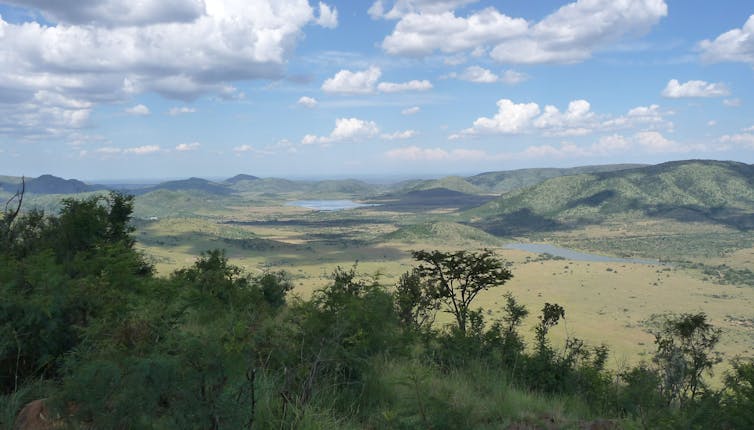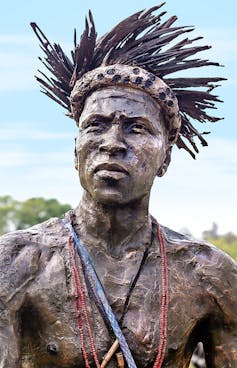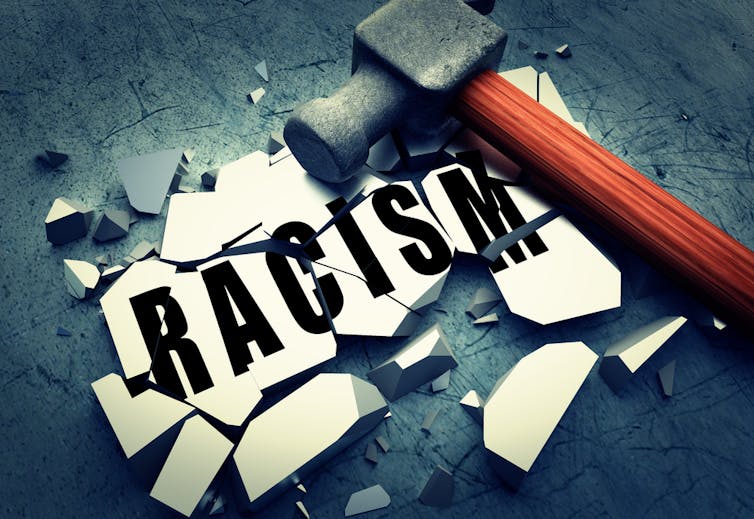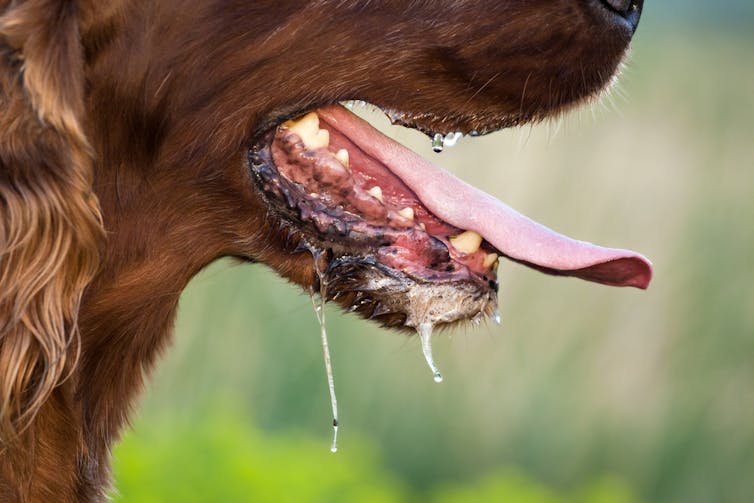
Limpopo Province, South Africa. Who owned this land?
Flickr/mifl68
Land expropriation, a hot topic in South Africa, has taken a new twist. Led by the governing ANC, the push is to now use the pre-colonial period as the reference date when deciding the land’s rightful owners.
Until now, the Natives Land Act of 1913 was considered the cutoff point. Going back further in history means all land that’s currently owned by white people (as much as 75% of the privately owned land in South Africa) could be claimed by black people whose forebears were unfairly dispossessed.
I regret to say that my fellow historians and I are unlikely to provide much clarity when policymakers must come up with reliable formulas regarding land claims. The pressure is on to redress injustices of the past, rightly so. The public discussion gaining in volume, however, has tended to oversimplify the question of who is entitled to claim. And that may create legal problems in future.
In practice, expropriation will not be a matter of deciding which land was seized in the past, but one of deciding which descendants of the dispossessed are entitled to it.
The example of Tswana communities of South Africa prior to 1800 presents some of the difficult questions that could arise when trying to right old wrongs.
Over the past 35 years I have studied the history of the Setswana-speaking people before and after white Dutch and English speaking people dispossessed them of land in the area roughly equivalent to the present Limpopo and North West provinces.
My research has taken me into early records found in government and missionary archives in Gaborone, Mochudi, Pretoria, Johannesburg, Cape Town, Harare and London. I’ve read many early 19th century travellers’ accounts and interviewed many knowledgeable elders.
Mobility and social fluidity
I have come to regard the richest sources of early Tswana history to be found in oral histories and maboko (self-praises). In particular they were recited by Tswana historians and written down between 1925 and 1968, both in South Africa and in Botswana (then the Bechuanaland Protectorate The bulk of these were recorded and translated by anthropologist Isaac Schapera, ethnographer Paul-Lenert Breutz and Vivien Ellenberger, a Bechuanaland administrator with an interest in Lete and Tlokwa history.
What the Tswana at that time remembered about their ancestors should perhaps be kept in mind when considering their past use of land. Briefly:
Most Tswana communities were mobile. With the exception of the Fokeng and the Mmatau Kwena, blessed with rich soils and abundant water, they shifted their capitals fairly regularly after a decade or so. Grazing and soils had played out, or water sources had dwindled, perhaps towns had turned foul (no drop toilets in those days).
Movement from place to place varied from short to longer distances. Certain areas (especially those with reliable water like Lindleyspoort) were occupied by different merafe (followers of a kgosi (king) over the space of a century or so.
Historians and archaeologists have linked some of their stonewall settlements to given groups. Yet, though the landscape occupied by early Batswana is strewn with stonewalling, connecting each of them firmly to historical merafe will be difficult.
We should also keep in mind that the make-up of Tswana communities changed over time. No Tswana morafe (singular of merafe) was homogeneous at any point. Each contained an assortment of old timers, newcomers and
groups of various ethnic identities or totems.
Some established new wards in a settlement (dikgoro, dikgotla), others abandoned them. Merafe that were independent at one point could at another become the subjects of an unrelated kgosi. A morafe might shed members who relocated to adopted new homes. In sum, Tswana communities changed their composition over time and shifted their locations, making it difficult if not impossible today to link a community or its constituent families to a particular piece of land.
That means that no particular family or group today can be linked exclusively to a particular piece of land.
Colonial intruders and dispossession
Even before disruptive intruders appeared, Tswana merafe were unsettled and jostling for relative power, for reasons not fully understood. Regional powers such as the Hurutshe were losing their grip and breaking up. Others such as the upstart Ngwaketse were expanding, absorbing others, borrowing cattle on the long term with no interest payable, and creating havoc.
Then came intruders such as Sebitwane’s Kololo (refugees from turmoil in the Orange Free State), Mzilikazi’s Ndebele (a break-out militarised entity from KwaZulu Natal)and in turn Potgieter’s Voortrekkers, Boers moving north from the Cape to escape British rule.
After being dispersed by Mzilikazi, many Tswana were returning to their old haunts when the Dutch-speaking Boers entered the scene and claimed much of the land between present day Zeerust and Pretoria for themselves. Though some Tswana collaborated with these Transvaal Boers as a way of accumulating wealth, they quickly learned that it meant accepting terms dictated by the Boer authorities.

Kgosi Kgamanyane Pilane.
National Heritage Monument, Pretoria
Some Tswana followed their leaders to resettle elsewhere (Bechuanaland, just across the Transvaal border, was a popular destination). For those who remained in the Transvaal, the best terms were had by those Tswana “kapiteins” who supplied the Boers with auxiliaries on commando raids for cattle and slaves on the fringes of the Zuid-Afrikaansche Republiek.
Among them was Kgosi Kgamanyane Pilane of the Kgatla Kgafela, whose own leboko boasts of his assistance to (and duplicity while under) the maburu (Boers), whom, incidentally, he despised. Before he too left with most of his followers for Bechuanaland, his people were crowded inside the boundaries of the farm Saulspoort (also known as Moruleng). Paul Kruger, then commandant, and later president of the Zuid-Afrikaansche Republiek, had sold its title to the Dutch Reformed Church missionary Henri Gonin.
Kgamanyane’s descendants fought with the British in the Transvaal during the Anglo-Boer War (1899-1902)stole thousands of Boer cattle, and later sold them to acquire more than 30 farms once owned by their tormentors. These private farms became known as the Saulspoort Location.
It well may be that archaeologists can assist some present descendants to identify their original, precolonial territories. The old Transvaal is strewn with stonewall settlements on privately owned farms, some of which have been clearly linked by oral histories and early travellers’ accounts, to Tswana groups related to modern, nearby settlements. One is the old Hurutshe town of Kaditshwene in Enselberg, established by ancestors of the residents in the nearby villages of Mokola and Lekubu (Braklaagte).
Whether this rocky hilltop site, if restored, can be rendered productive other than as a tourist destination is open to question.
At least in this case, however, there is a clear historical linkage between today’s South Africans and the land their ancestors used before whites appeared on the scene. Unfortunately, it is likely to be one of the few exceptions.
Fred Morton, Professor of History, University of Botswana
This article was originally published on The Conversation.



